Since its opening at Disneyland over six decades ago, the Haunted Mansion has been one of the most popular attractions in Disney’s stable. It’s been replicated — in some form — at every Disney resort around the world, been the basis for two feature films (in 2003 and 2023 respectively), sold countless pieces of merchandise including numerous books on its history, and inspired a cadre of websites dedicated to it.
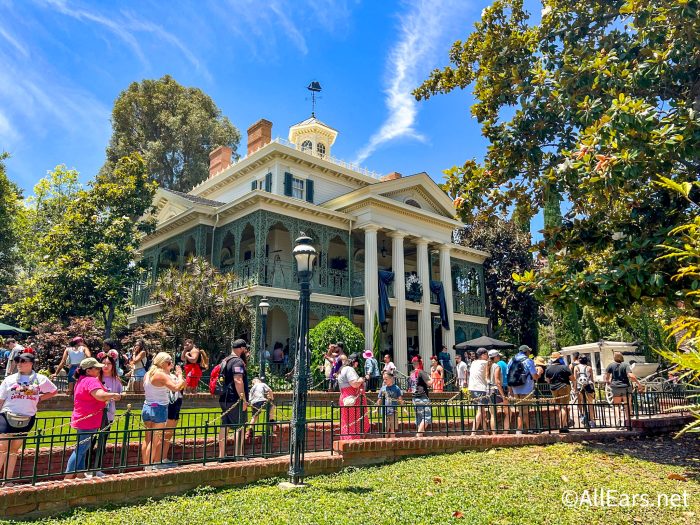
However, despite all the information out there, questions still persist among many about the attraction. “What’s the official story?” “Are the character’s respective backstories interrelated?”, and perhaps most prominently, “Is the Haunted Mansion based on a real house?” The truth, as one arguably should expect from such a mysterious attraction, is somewhat complicated.
To track down what home(s) provide inspiration for the Haunted Mansion, it’s important to take a brisk run through the attractions’ early development history. The first traces of the Haunted Mansion’s existence actually predate Disneyland, as a “Haunted House” was included in the early plans for “Mickey Mouse Park” — the earlier concept for a fun park that was supposed to be built across from the Walt Disney Studios in Burbank.
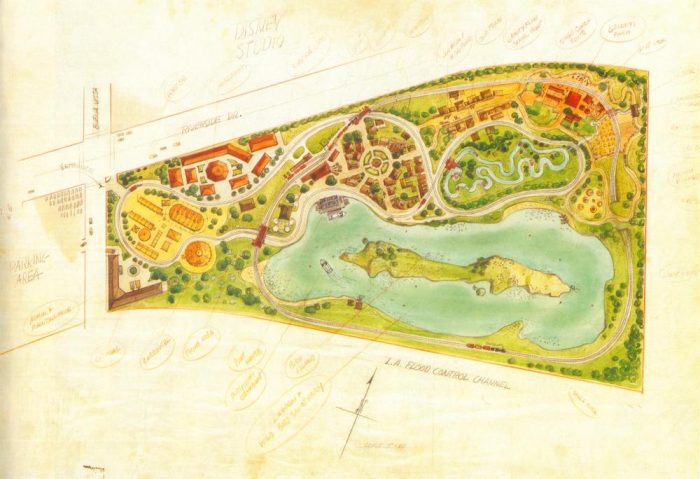
According to some sources, Walt’s desire for a haunted house in his park came from an interest in the supposedly haunted Sauer Castle house in Kansas City, Kansas, which Walt was familiar with. However, it should be noted that haunted houses and similar attractions had long been a part of amusement parks, and the inclusion of one on early concept art could simply be a reflection of that.
A “haunted house” remained part of planning for Disneyland, and development on the attraction continued even after the park opened in 1955. Throughout the late 50s and early 60s, the concept continuously evolved with various ideas including a walkthrough manor haunted by the ghost of pirate who had murdered his wife, and a “museum of the weird.”
During this period, Imagineer Ken Anderson began working on sketches of the what would eventually become the Haunted Mansion. He took his primary visual inspiration from the Shipley-Lydecker House, which was located near Baltimore, Maryland. The home was first constructed in 1803 by Charles Shipley and included four two-story columns, a gilded weathervane, and round-arch windows. Nearly a century later, the house was was sold to Philip Lydecker, who added iron grillwork to the balconies.
We’ll note here that the Hamilton-Turner Inn in Savannah, Georgia — the site of a murder made famous in the book Midnight in the Garden of Good and Evil — is also said to be the inspiration for the architecture of Disneyland’s Haunted Mansion. While it’s difficult to determine where this story originated, it is not one endorsed by the owners of the inn, though it is oft repeated by guides of Savannah’s popular “ghost tours.”
Anderson, who allegedly discovered the Shipley-Lydecker home while looking for inspiration in a photo book of Victorian homes, took heavy inspiration from the house’s Southern/Antebellum facade. In fact, in some photos, the Shipley-Lydecker House is almost indistinguishable from Disneyland’s Haunted Mansion. However, one element of Anderson’s original design didn’t make the final cut.
Initially, Anderson’s vision of the home was “overgrown with weeds, dead trees, swarms of bats and boarded doors and windows topped by a screeching cat as a weathervane.” However, Walt Disney himself put a stop to that, not wanting an unkempt home taking up space in his beloved park. According to well-known Disney lore, Walt allegedly proclaimed, “We’ll take care of the outside and let the ghosts take care of the inside.”
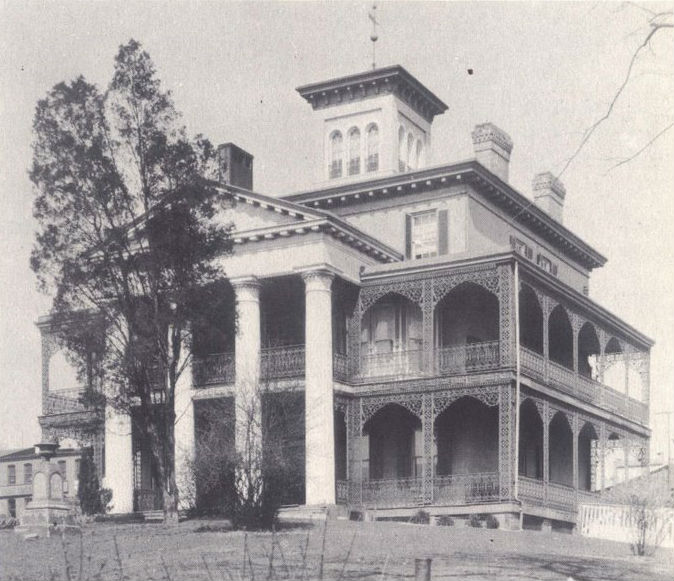
While the Shipley-Lydecker House was the main specific inspiration for the exterior of Disneyland’s initial Haunted Mansion — and the facade that resembled it was built as part of New Orleans Square in the early 1960s — the development of the interior of the attraction would go on for nearly a decade more, finding inspiration in two more famous homes.
The first is San Jose’s Winchester Mystery House. The famed mansion was constructed by Sarah Lockwood Pardee Winchester in a continuous stretch from 1886 to 1922. Winchester was the widow of William Winchester, the inventor of the Winchester rifle. Allegedly, Sarah believed she was haunted by the spirits of those who had been killed by her husband’s gun. This led to Sarah attempting to make the house as labyrinth-like as possible — including staircases to nowhere, doors that opened to brick walls, and hallways with no end (sound familiar?) — as a way to keep these spirits away from her, supposedly. According to legendary Imagineer Rolly Crump, Walt and several Imagineers made several visits to the Winchester house during the attraction’s development.

In addition to the Winchester house, Disney and his Imagineers also visited San Simeon, AKA Hearst Castle, the San Luis Obispo County, California estate of early 20th century newspaper and media magnate William Randolph Hearst. The visits were primarily made to observe how walking tours moved through the palatial San Simeon estate — as Hearst had donated much of it to the public after his death. While Imagineers would eventually leave behind the walking tour concept in favor of the omnimover Haunted Mansion that’s famous today, some parts of of Hearst Castle’s decor and layout would eventually inspire elements of the attraction.
As the finishing touches were put on Disneyland’s Haunted Mansion in 1969, a second version was being constructed across the country in Florida, with plans for it to be an opening day attraction when Walt Disney World and the Magic Kingdom opened in 1971. While the interior of the two attractions were essentially identical, the exterior would be completely different, as the antebellum manor the fit so well in Disneyland’s New Orleans Square wouldn’t fit in Liberty Square, the location of the Magic Kingdom’s Mansion. Instead, the Walt Disney World version’s facade was designed to look like the Dutch Colonial style of gothic mansions that were prevalent in the northeast of the United States, mostly along the Hudson River in New York.

Pennsylvania’s Harry Packer Mansion — built by the then-owner of the Lehigh Valley Railroad — served as an inspiration for the Magic Kingdom’s facade. This Walt Disney World version of the Mansion would be copied for the Tokyo Disneyland version of the attraction.

The sibling versions of the Haunted Mansion — Disneyland Paris’s Phantom Manor and Hong Kong Disneyland’s Mystic Manor — each have facades that are slightly more whimsical than their counterparts, with less specific real building inspirations.

Were you familiar with these real world inspirations for the Haunted Mansion? Do they change your views of the attraction or make you appreciate it more? Let us know in the comments below.
Join the AllEars.net Newsletter to stay on top of ALL the breaking Disney News! You'll also get access to AllEars tips, reviews, trivia, and MORE! Click here to Subscribe!


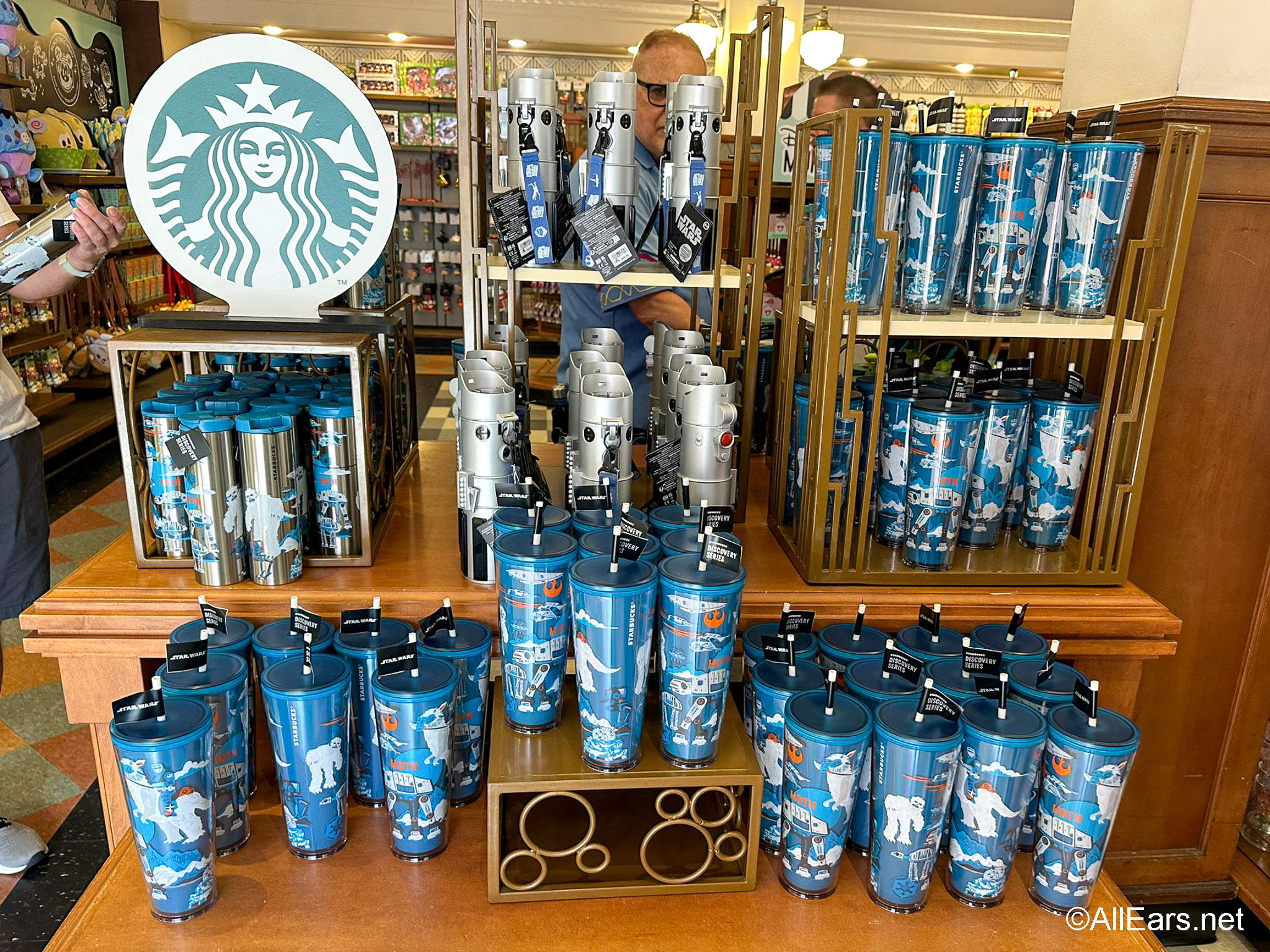

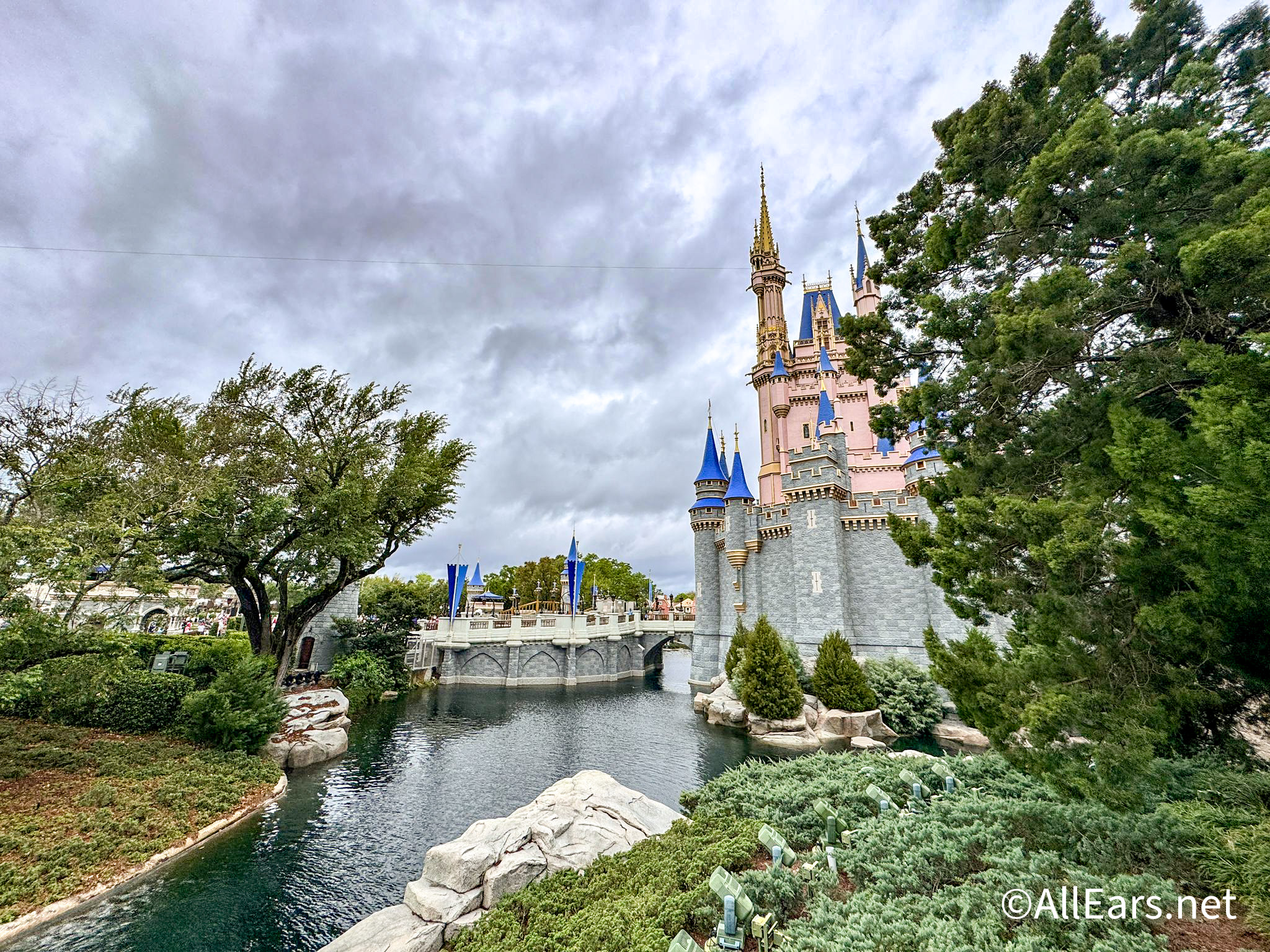

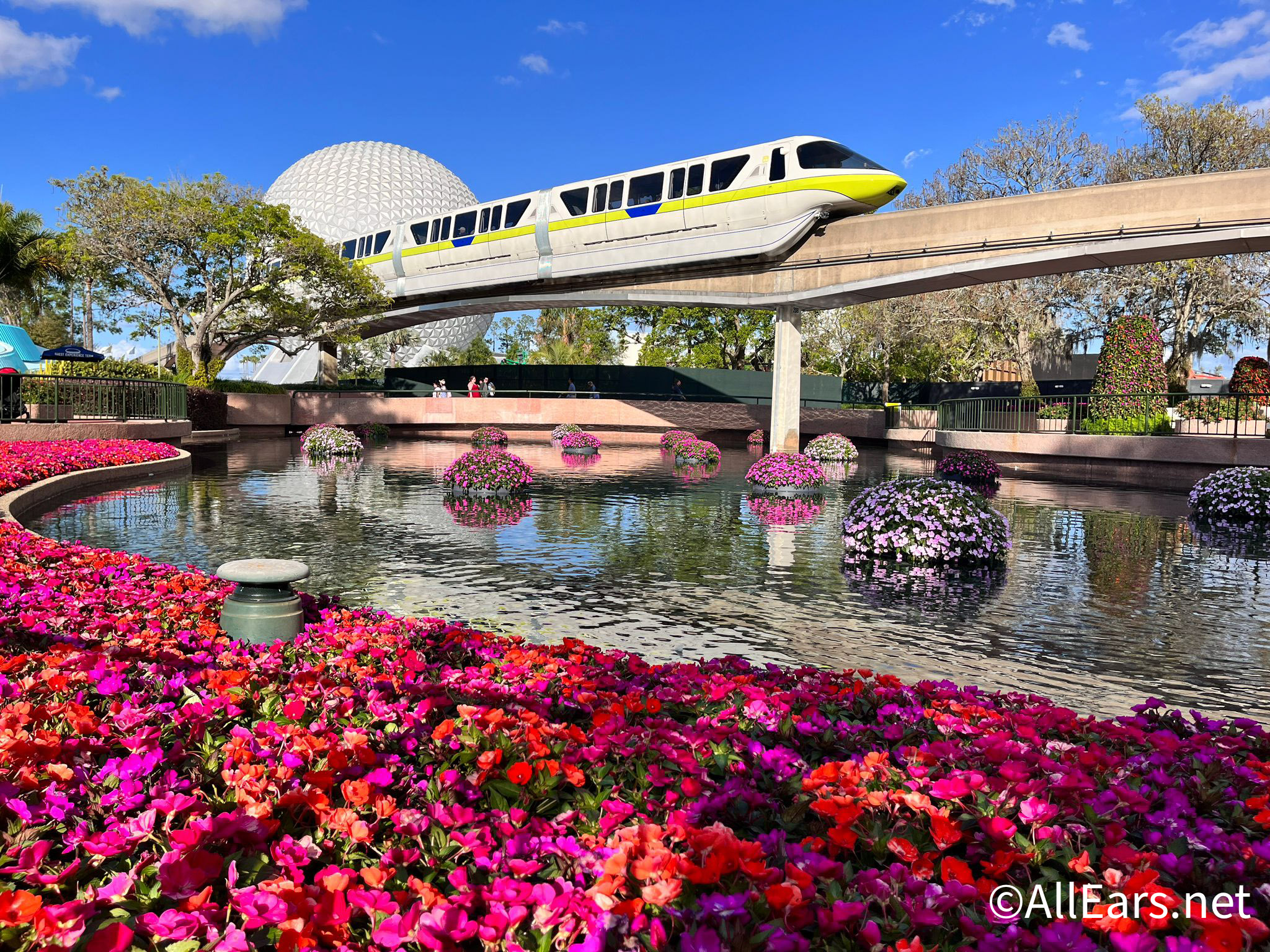

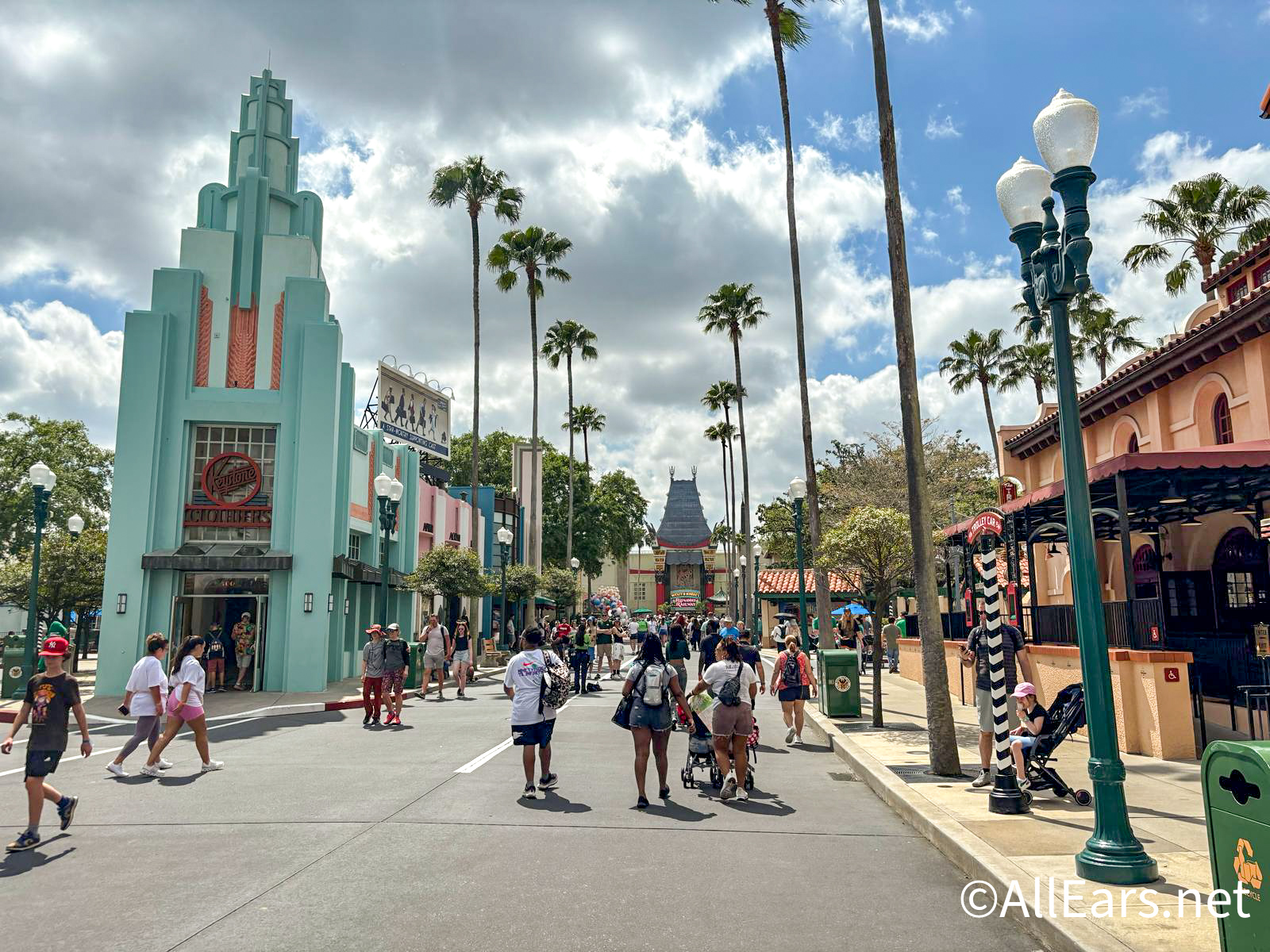
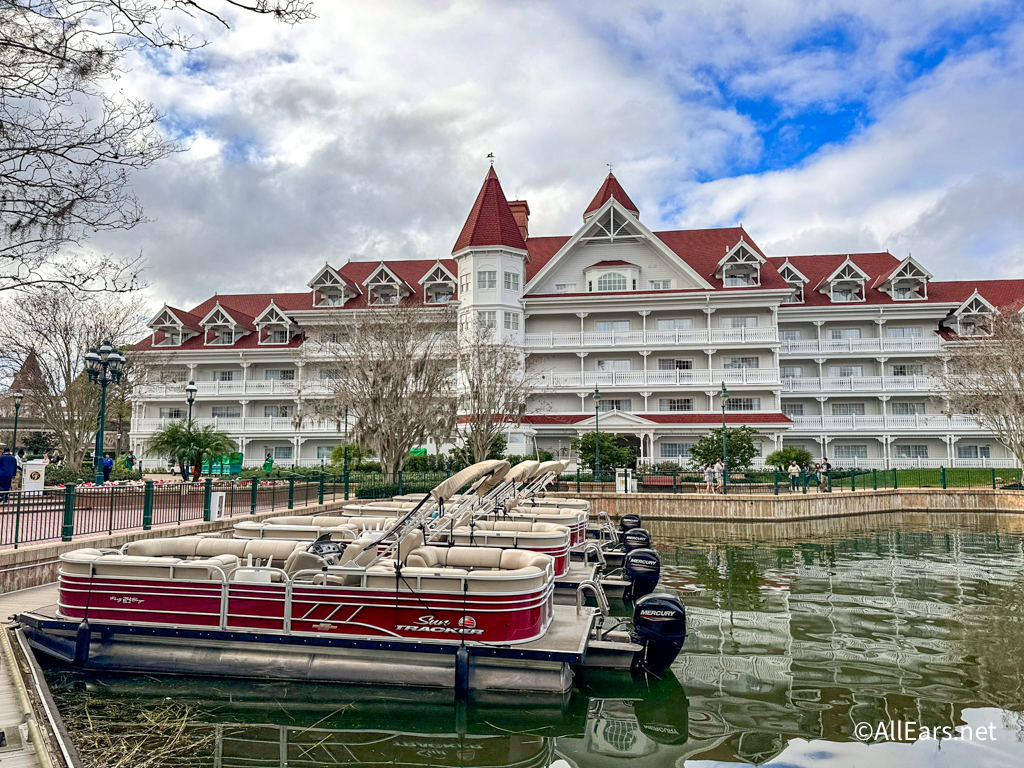
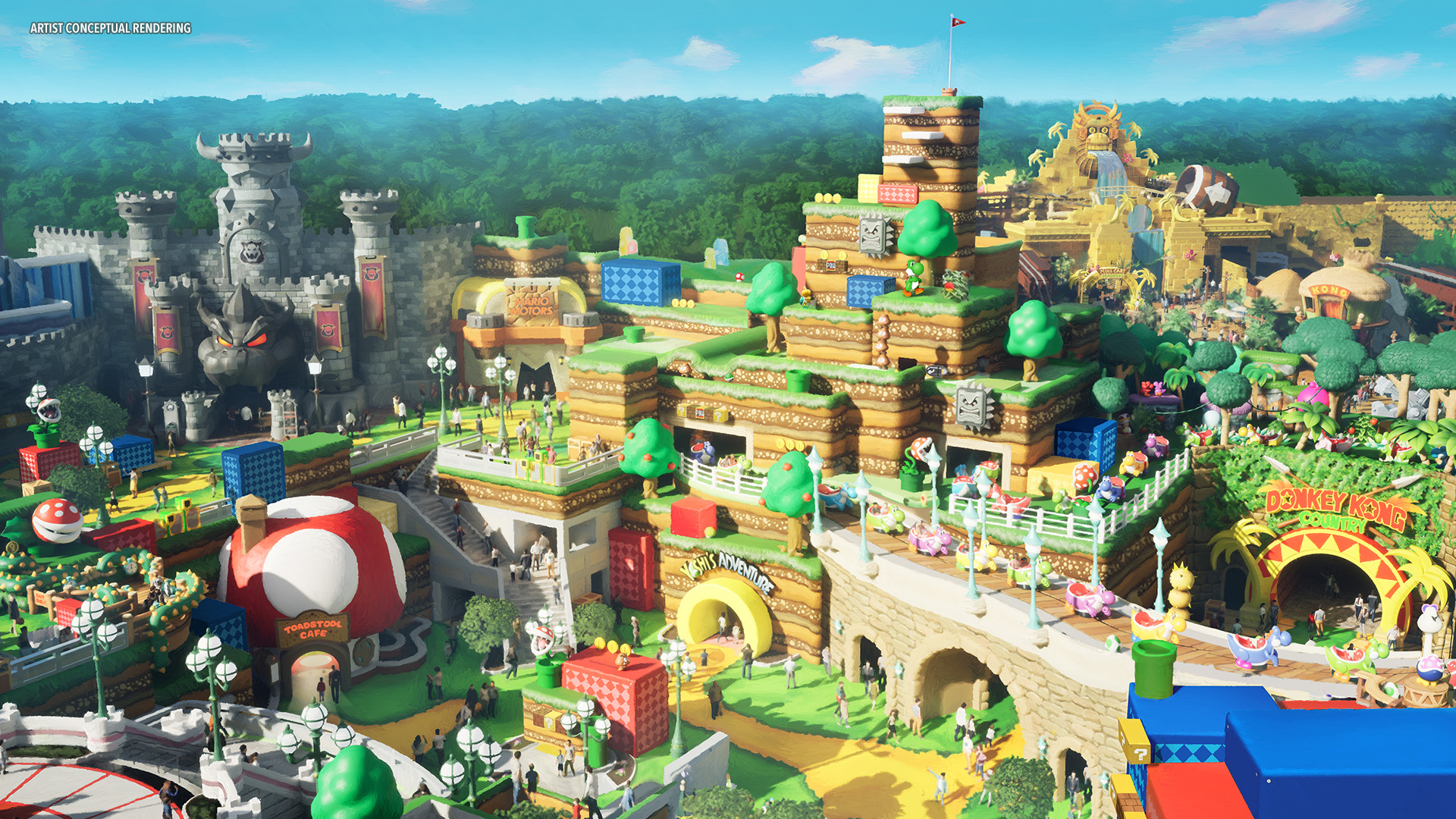
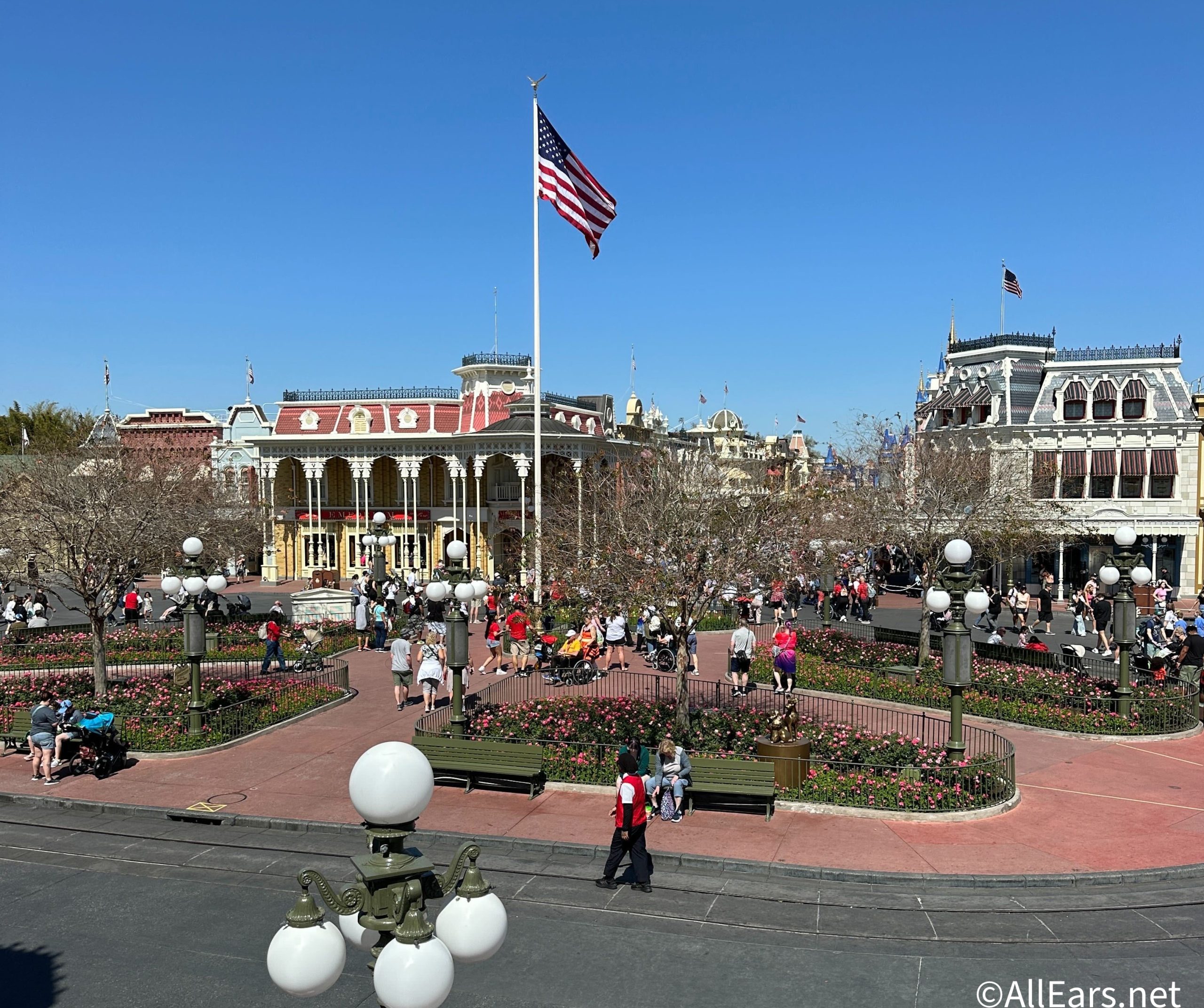

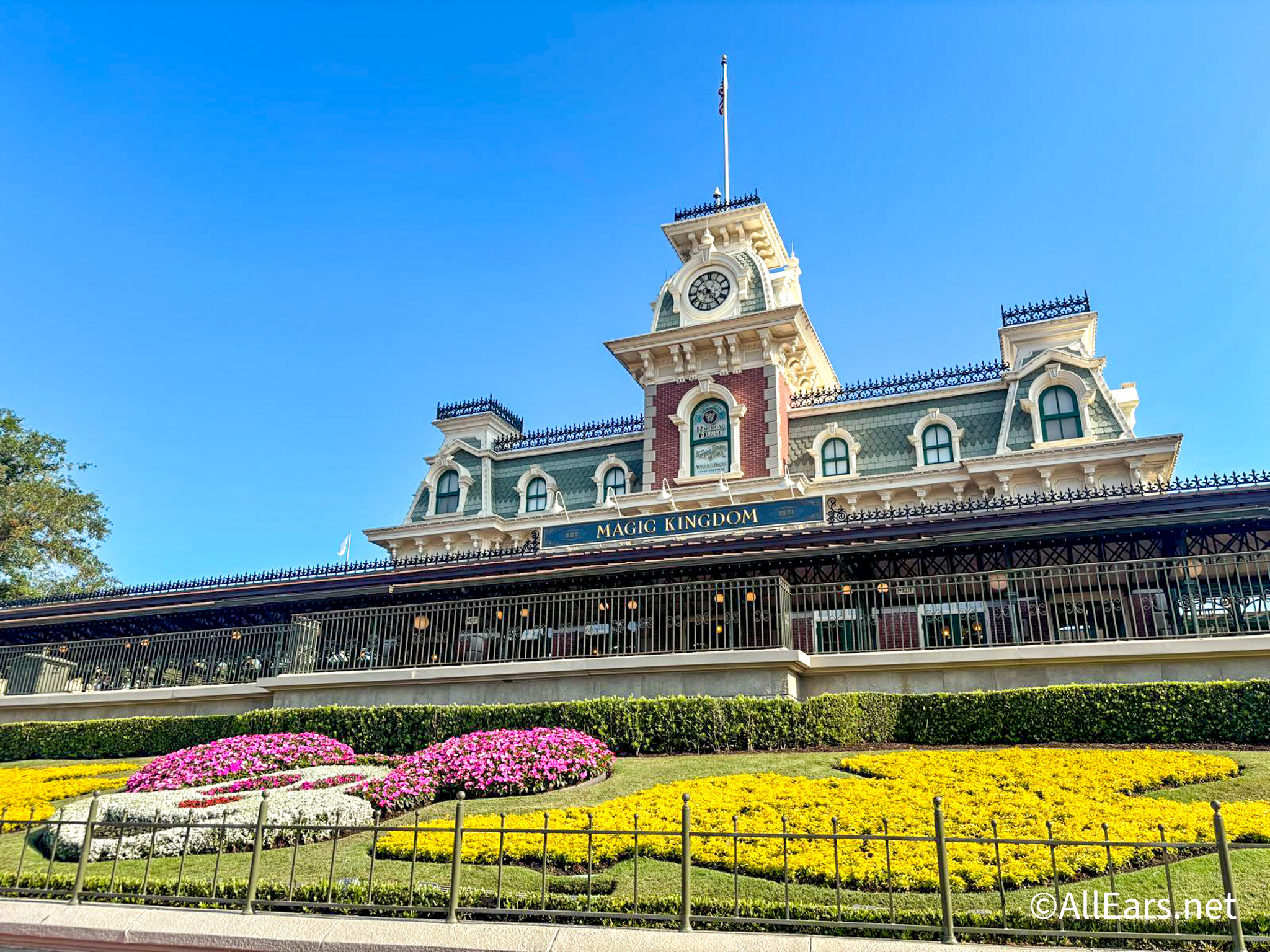
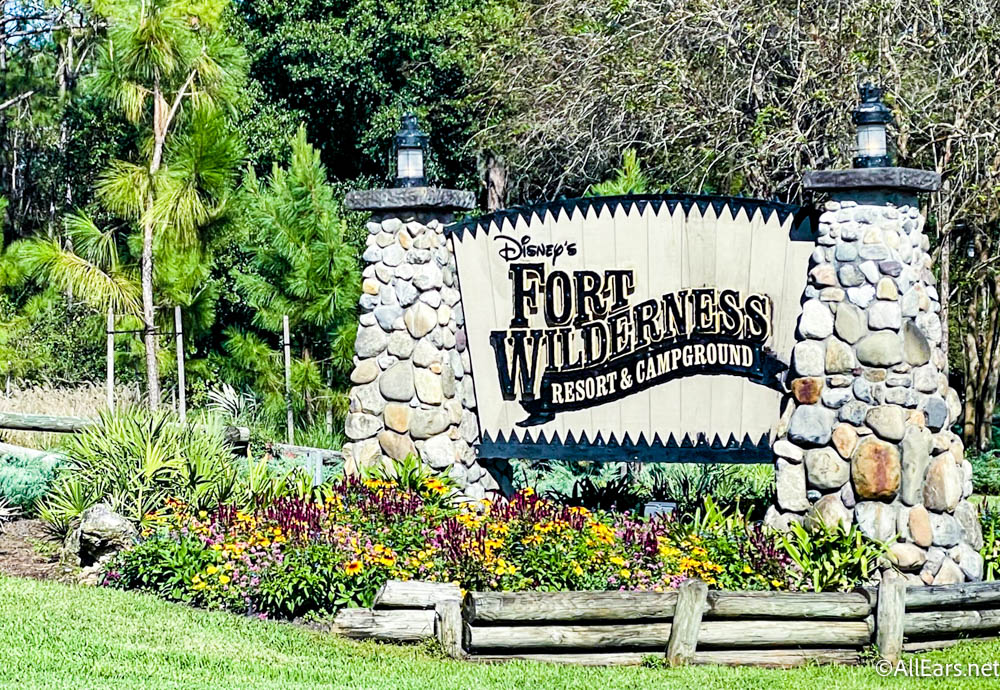



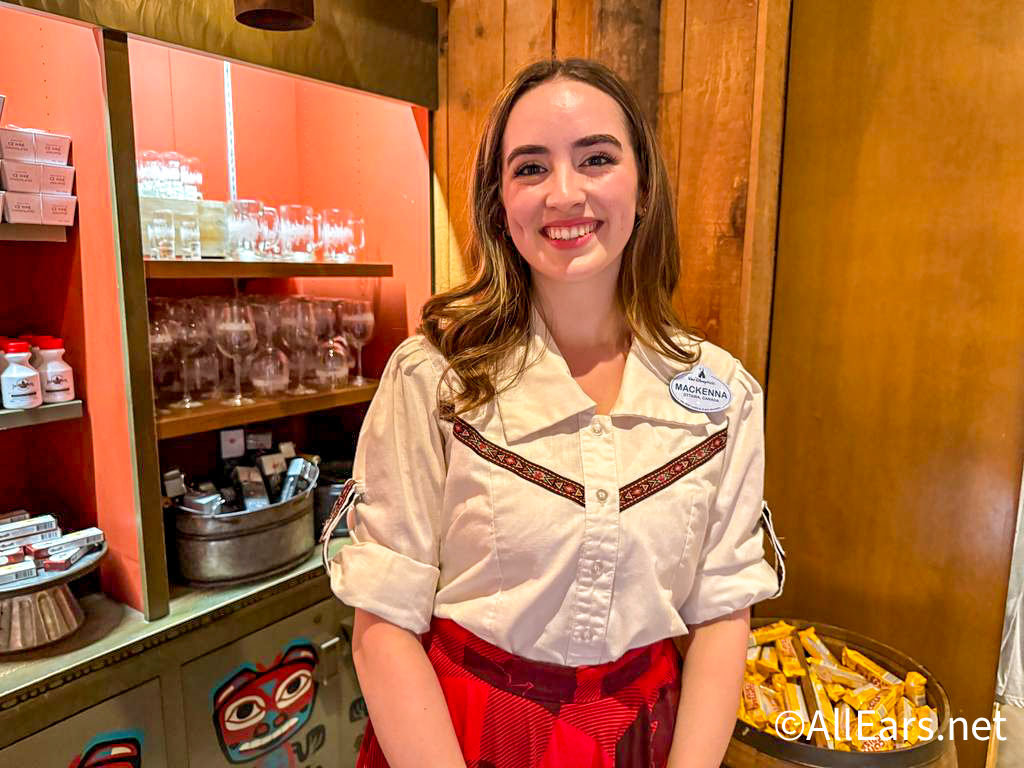
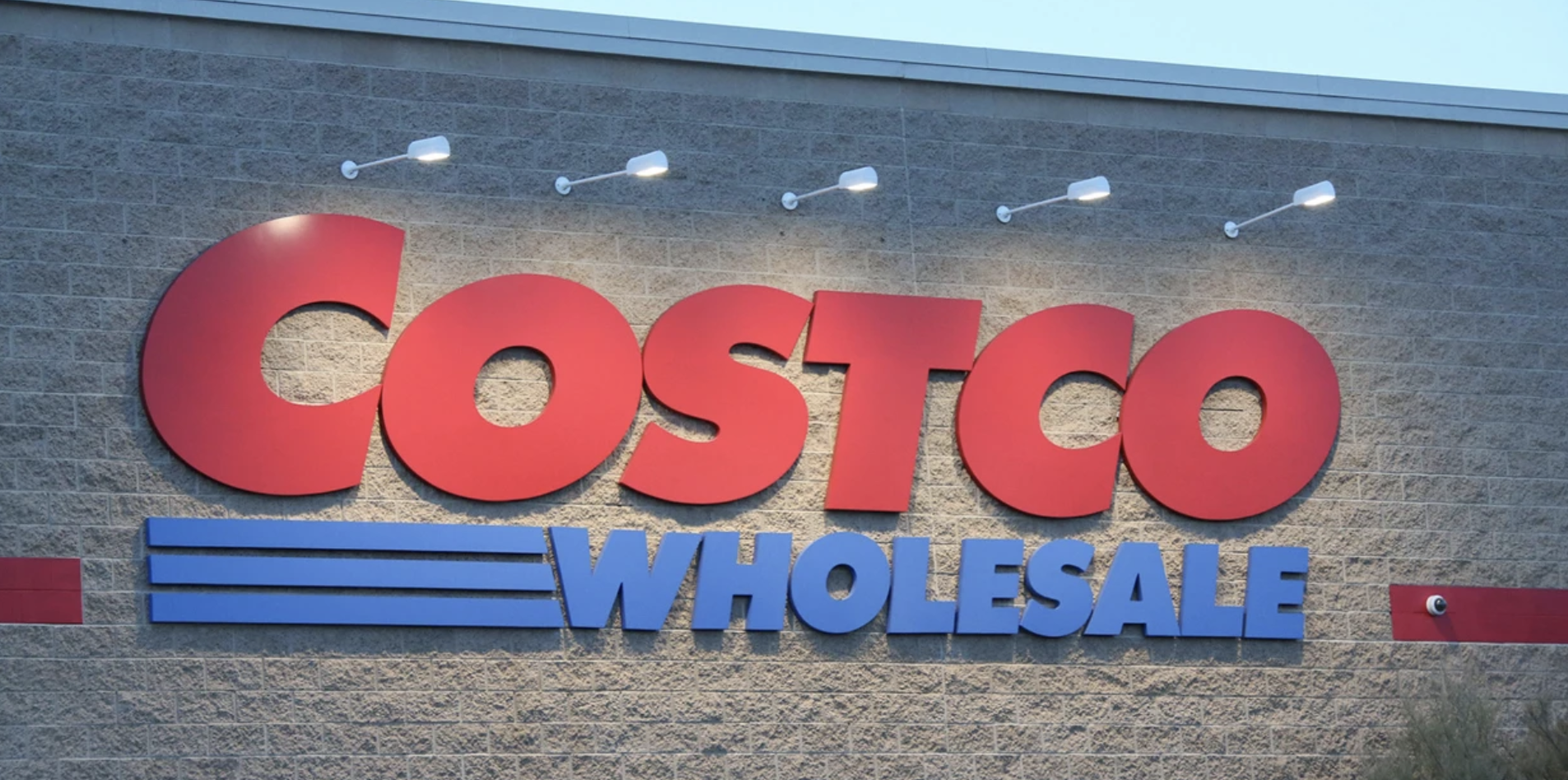
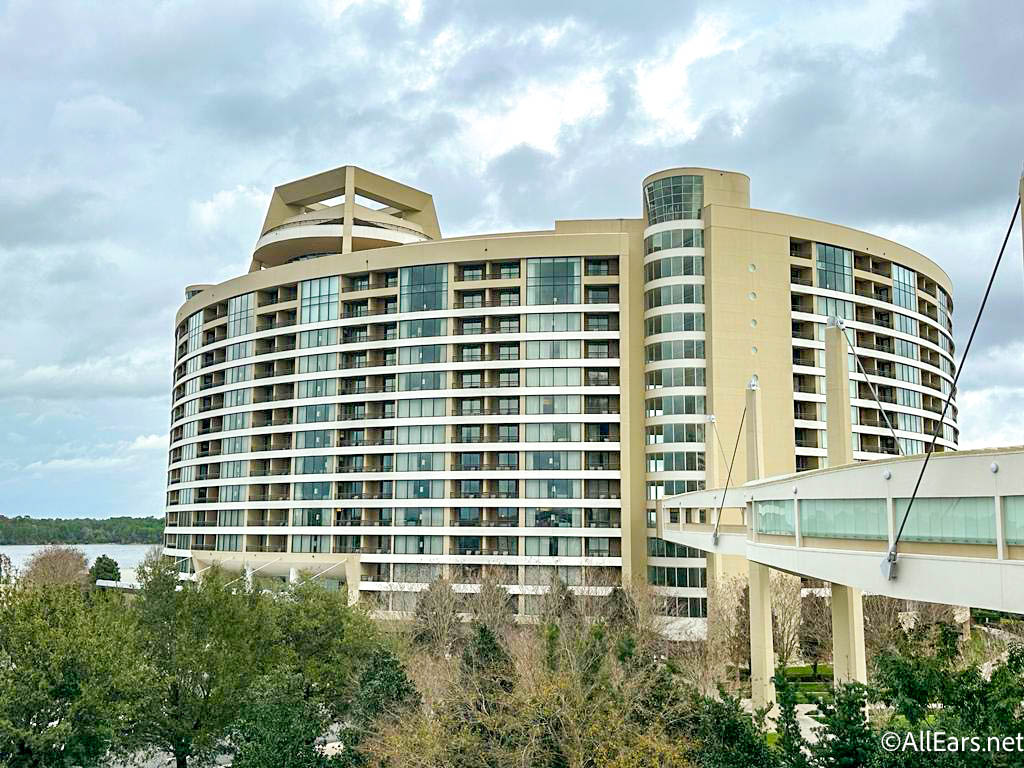
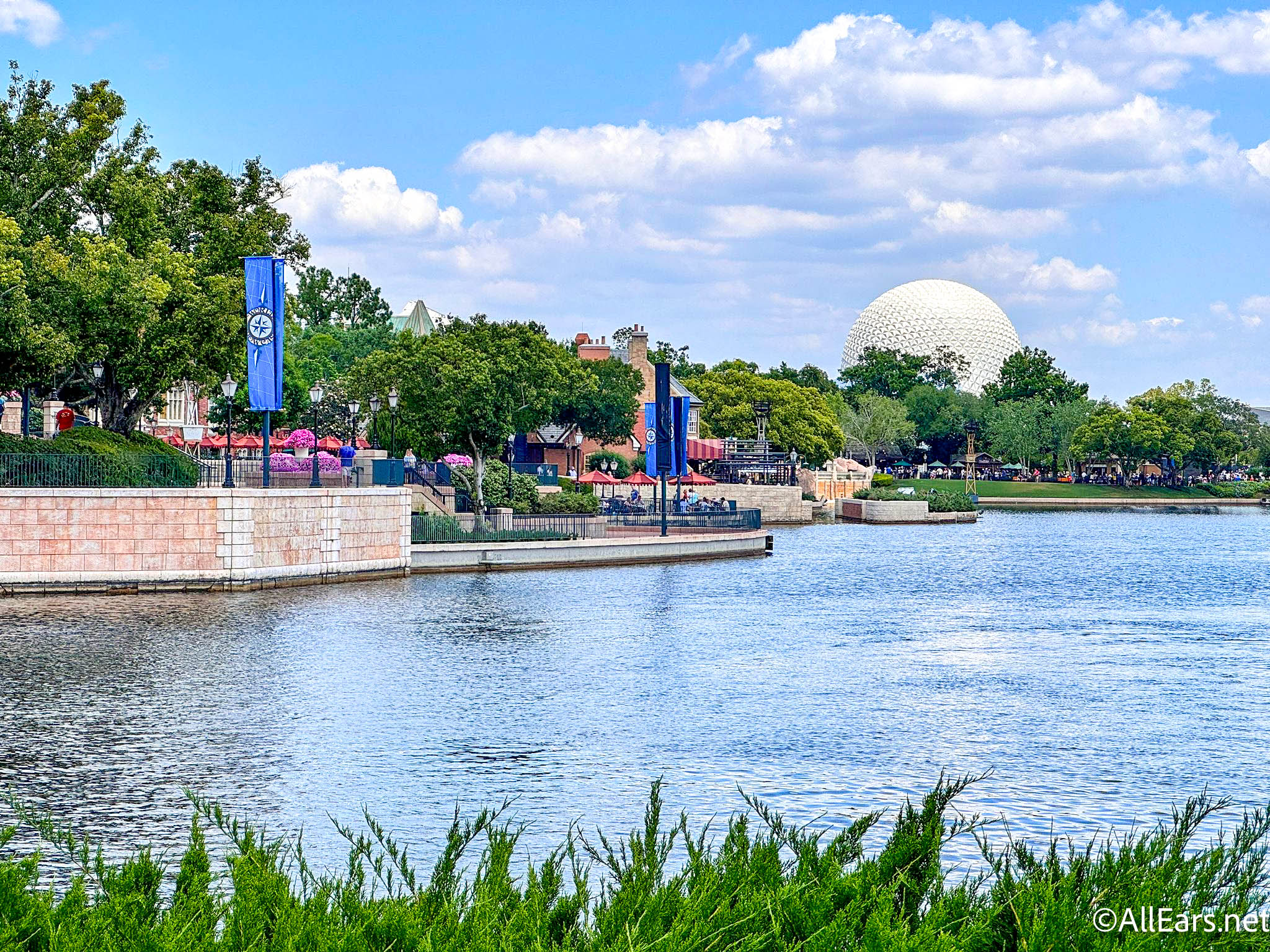

I am a direct ancestor of Charles Shipley and only found out about the mansion’s inspiration a few years ago, through our Shipley Family Newsletter. I saw the mansion in Baltimore in the early 60’s, I believe it was torn down in the late 60’s, my mom made sure I saw it as part of our family heritage. It is so perfect that the mansion gave inspiration to a theme park ride as our family is also a bit on the eccentric side!
Great overview. Excellent work.
Want to go to Haunted House in Anaheim do bad now,